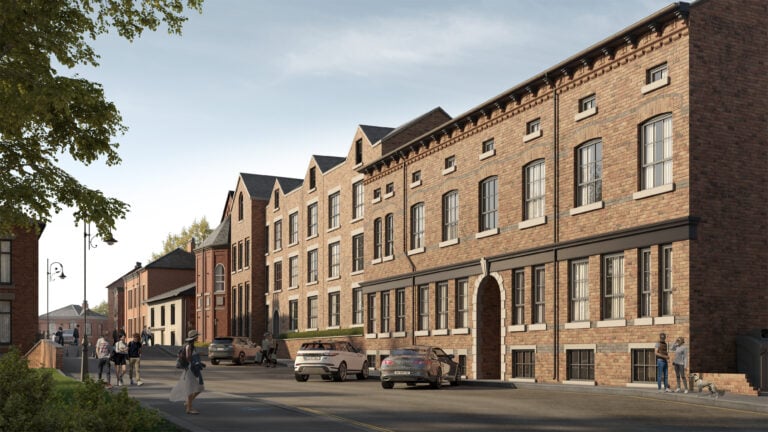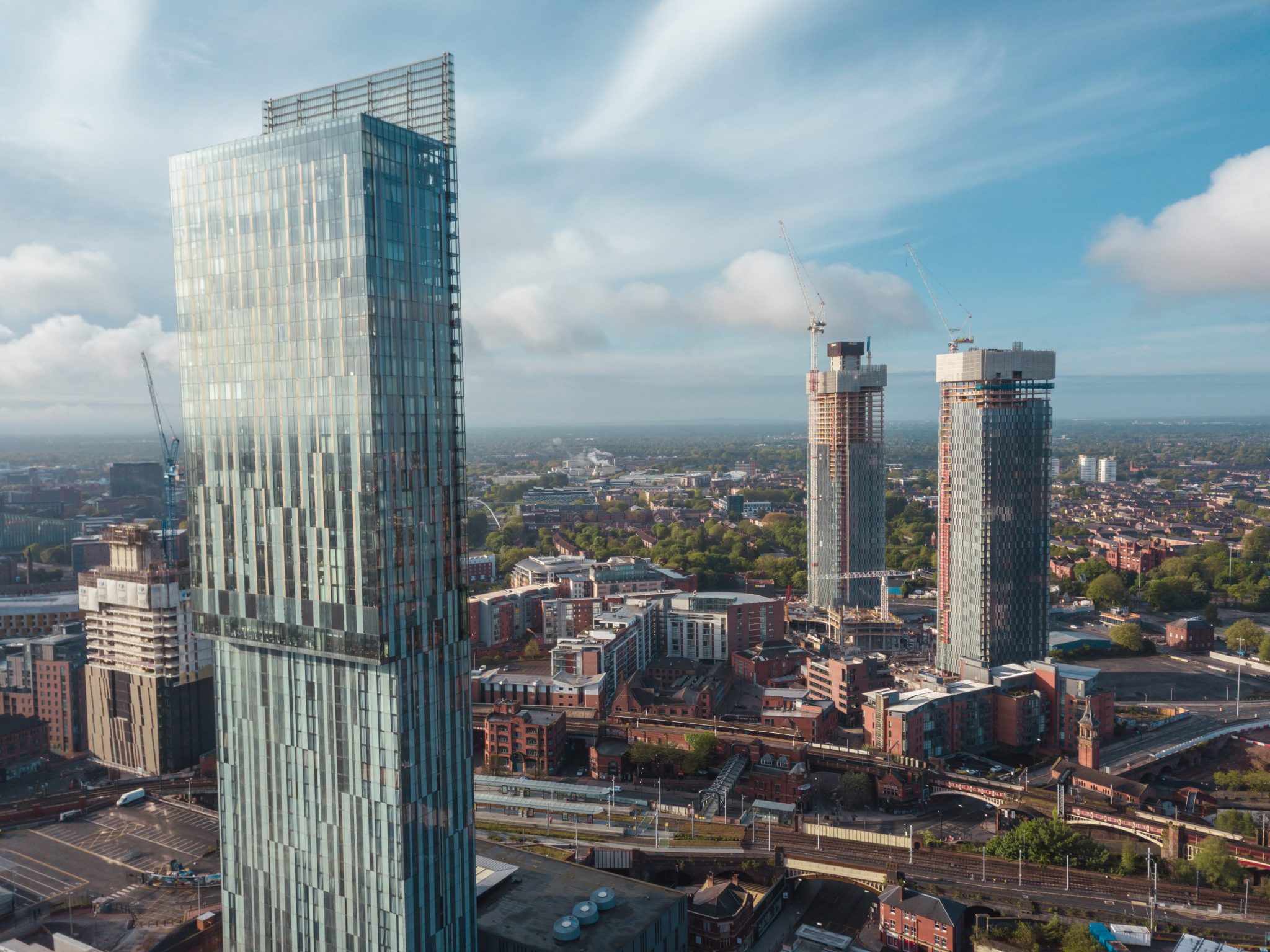The UK housing market is showing more signs of adjusting to the new ‘normal’ when it comes to mortgage rates, and further growth is expected in the year ahead.
Thanks to a combination of easing interest rates and a boost in average wage growth, alongside consistently improved inflation rates – despite the latest small uptick – the UK housing market has seen a surge of activity as we move towards the end of the year.
It demonstrates the resilience of the sector despite major change on the political front, with Labour taking power in the summer after 14 years of a Conservative government, bringing with it a raft of potential changes.
The latest house price index from Zoopla has revealed that every region across the UK has recorded a house price rise in the year to October, with the average property now valued at £267,200. As buyer demand remains higher than the flow of new supply and the stock of homes for sale, prices are expected to continue to be pushed up as 2024 draws to a close.
The fastest house price growth UK-wide was recorded in Northern Ireland, with a 6.3% lift, while the fastest price rise annually in England’s housing market was in the North West, with a 2.9% increase.
Major factors supporting UK housing market
Although prices have continued to grow, they are rising at more ‘normal’ levels than they had been post-Covid. At the same time, mortgage rates have improved over the past year, with more lenders bringing out a greater range of deals, and cheaper prices.
Over the past year, says Zoopla, the average mortgage rate has fallen by 1%, bringing the average to 4.1%. The rate you can secure depends on your circumstances, with those with bigger deposits able to secure sub-4% mortgage rates, while borrowers on higher loan-to-values getting slightly higher rates.
Zoopla notes: “While mortgage rates have drifted higher in the wake of the Autumn Budget, we expect borrowing costs to remain at around 4.25% for a 75% loan-to-value 5-year fixed-rate loan.”
Income growth is another major factor that is supporting housing market stability and growth. As the property portal points out, wages have grown at a faster rates than analysts had expected over the course of 2024, outpacing the rise of house prices.
According to data from the Office for Budget Responsibility (OBR), household disposable income increased by 15% between Q2 2022 and Q2 2024; but property values climbed at just 1.5% over the same period, closing the gap for many buyers.
Zoopla also notes that there has been a trend towards homeowners opting for cheaper properties, and taking out smaller mortgages, demonstrating how the market adapts when borrowing costs increase.
Boom in sales
The number of completed transactions is always a sign of the health of the housing market, and Zoopla’s report shows that the sales market is on track for 1.1 million sales by the end of 2024, which is a 10% rise on 2023’s results.
The pipeline of sales, which are underway but may not complete before the end of the year, is also 30% higher than it was a year ago, and this is expected to support sales volumes into the beginning of next year.
According to Zoopla, with the continuation of current housing market trends, next year’s completed sales figure could be even higher, with current projections at 1.15 million. This is expected to be largely made up of first-time buyers.
Zoopla sets out the top reasons for people being motivated to buy or move as the ageing population, rising running costs and changing working patterns, as well as the desire to find a better home or location. These are factors to take into account if you’re thinking about investing in a buy-to-let property, as many of the same trends apply to tenants.
Expectations for the year ahead
The property portal notes that the housing market has been “very resilient” in the face of the rising borrowing costs of the past two years. It now forecasts prices to rise by 2.5% by the end of 2025, with sales agreed ending 5% higher.
Toby Leek, NAEA Propertymark President, commented on the latest report: “With interest rates easing and affordability improving, many buyers will have increased confidence and may be presented with better mortgage offers compared to what they were seeing at the start of the year in order to make their next home purchase a reality.
“The market is set to see a continued spike in homes for sale and serious buyers coming to the fore despite winter months historically being a quieter time due, in part, to many people across England and Northern Ireland wanting to complete before the rises to Stamp Duty commence from April 2025.”










